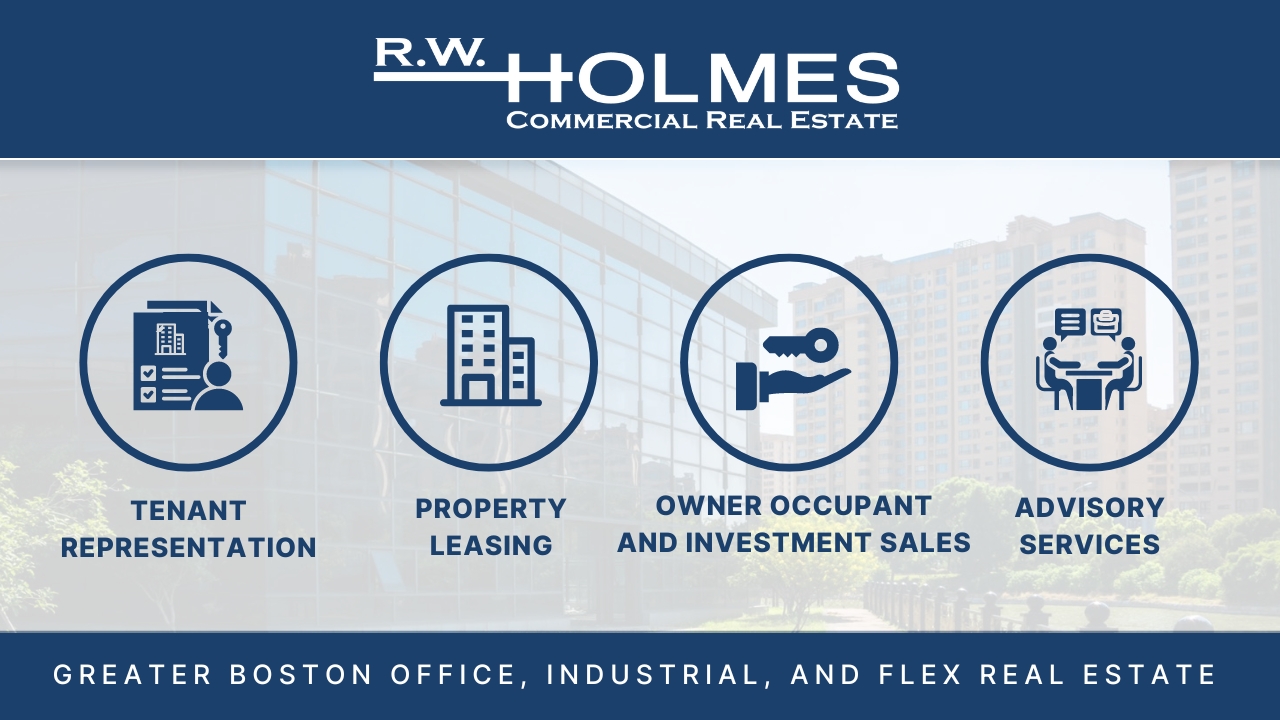BOSTON–The life sciences industry has firmly rooted itself across the Northeastern United States, cementing and growing its presence in every major metropolitan area in the region, a CBRE report said.
According to CBRE’s Leading Life Science Clusters report (October 2020), the Northeast dominates the nation in markets where life sciences is a growing industry. Several Northeastern markets rank in the top ten, including Boston–Cambridge, Washington, D.C.—Baltimore, New Jersey, Philadelphia and New York City.
“These five markets form a supercluster, just under 400 miles from north to south, and connected by the densest network of road and rail infrastructure in the nation. The entire region can be traversed by Amtrak’s Acela service in seven hours or by plane in 90 minutes,” the CBRE report said. “Relative to the country’s top ten life sciences markets, the Northeast supercluster accounts for 72% of existing life sciences inventory by square footage, 56% of under-construction life sciences inventory and 40% of lab conversions.”
The dominance of the Northeast supercluster is rooted in its history, with critical research in Greater Boston related to DNA and sequencing of the human genome, New Jersey and New York’s big-pharma legacy and the D.C. area’s sustained investment in the life sciences by the Federal government, according to the report.
This has led to a deep and broad talent base that continues to attract new participants, given the industry’s tendency to cluster in leading markets. In addition to the abundance of talent, demand across the Northeast is driven by factors that include the region’s high-quality universities, infrastructure and ample funding from the National Institutes of Health and private investors.
Here are the other highlights from the CBRE report:
- Among the nation’s top 100 universities, 27 are in cities along the Acela Corridor with a combined enrollment of over 275,000 students.
- New Jersey, Massachusetts, and Maryland are among the states with the most chemists, biochemists, and biophysicists per 1,000 residents in the country.
- Boston–Cambridge, New York City, Philadelphia, and Washington, D.C.–Baltimore account for four of the top ten markets for NIH funding and received a combined 65% of funds in 2019.
- Boston–Cambridge, New York City, New Jersey, Philadelphia, and Washington, D.C.–Baltimore account for five of the top ten markets for venture capital funding and received a combined 51% of funds in 2019.
Acela Corridor Life Sciences Clusters
Source: CBRE Location Intelligence, CBRE Research, Q4 2020.
The demand for specialty-built laboratory space continues to drive significant absorption and rent growth in the Northeast markets, the CBRE report said.
“As the market continues to mature, landlords who invest in the required base building infrastructure and provide large tenant improvement allowances to offset the high cost to build out laboratory space are experiencing significant premiums in rents,” the report said. “Buildings with this infrastructure and allowances can achieve NNN rents that start around $45 per sq. ft. in suburban markets to over $100 per sq. ft. in Boston and New York City where vacancy is in the low single digits.”
The life sciences supercluster that has matured along the Acela Corridor from Boston to Washington, D.C. is expected to experience a sustained period of growth, creating opportunities for firms seeking to relocate or expand within the Northeast corridor, the report said.
“Thanks to the region’s relatively small size and strong connectivity, the benefits of a much larger life sciences labor market is accessible to firms no matter where they choose to locate within the corridor,” the report said.





















